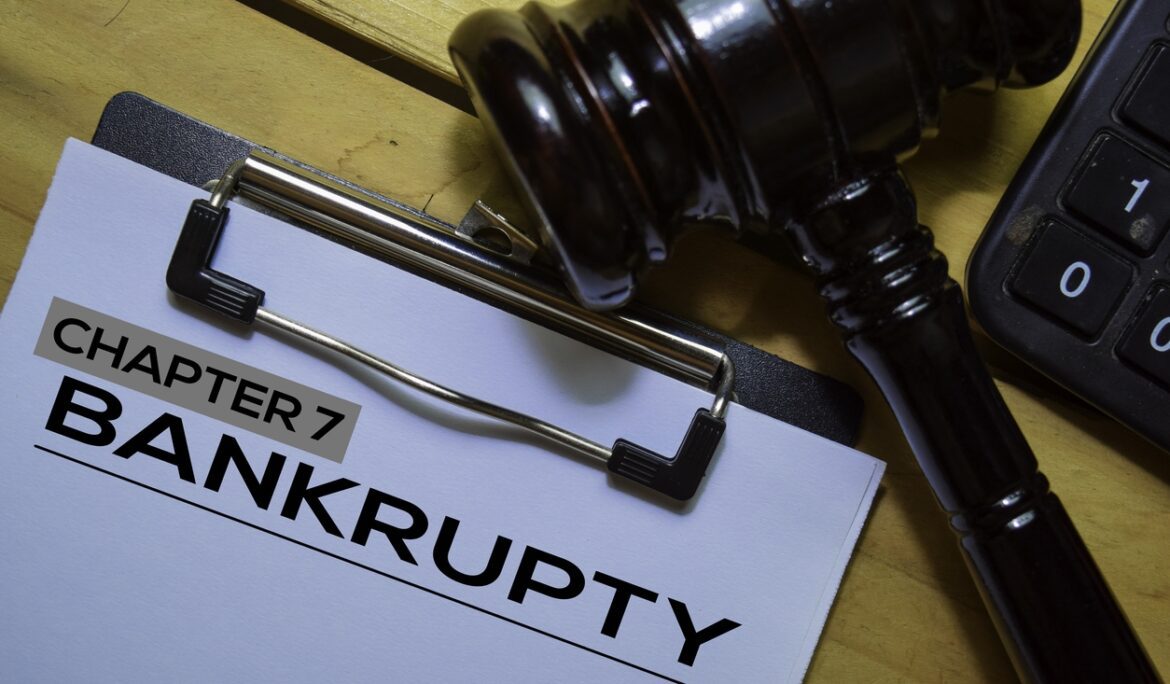Bankruptcy Statistics in 2022
It is impossible to predict the exact bankruptcy statistics for the year 2022. However, there are some factors that can be taken into account when attempting to make predictions for the future. For example, the current economic climate and the state of the job market both of which can have an impact on bankruptcy rates. Additionally, changes in legislation and policy, such as the implementation of bankruptcy laws, can also influence the number of people filing for bankruptcy.
Consumer Bankruptcy in 2020 v. 2021 Consumer bankruptcy filings decreased in 2021 compared to 2020. In the first three months of 2021, Chapter 7 bankruptcy filings, which allow individuals to discharge their debts, were down by 24.6 percent compared to the same period in 2020. Meanwhile, Chapter 13 bankruptcy filings, which allow individuals to restructure their debts, decreased by 16.7 percent. Overall, consumer bankruptcies decreased by 22.2 percent in the first quarter of 2021 compared to the same period in 2020.
Did Bankruptcy Filings Fall in 2022?
No, it is too early to predict whether bankruptcy filings will fall in 2022. The number of bankruptcy filings can depend on a variety of factors, such as economic conditions and changes in the law.
This is despite a surge in bankruptcies in the months of December 2020 and January 2021 due to the COVID-19 pandemic. The decrease in consumer bankruptcy filings reflects a gradual improvement in the economy. Business Bankruptcy in 2020 v. 2021 Business bankruptcy filings also decreased in 2021 compared to 2020. In the first quarter of 2021, Chapter 11 bankruptcy filings, which allow businesses to restructure their debts, decreased by 24.5 percent compared to the same period in 2020. Meanwhile, Chapter 7 bankruptcy filings for businesses, which allow them to liquidate their assets and discharge their debts, decreased by 39.1 percent compared to 2020.
Small Business Reorganization Act the Small Business Reorganization Act of 2019 is a law in the United States that provides an easier, less costly alternative to Chapter 11 bankruptcy for small businesses. The Act establishes a new form of bankruptcy, Subchapter V, which allows eligible small business debtors to reorganize their debts and pay them off in a more manageable manner. It also provides additional protections for small business owners from creditors, including the ability to reject certain executory contracts and unexpired leases and the ability to “cram down” certain secured claims. The Act is designed to help small businesses facing financial difficulty reorganize their finances in a more efficient manner and remain in business.


